It all started when [Hyboid] was looking for a nice extra for the special edition of his album 'Wired at Heart'. The idea of a small, heart shaped synth was almost obvious. it had to be simple, small and cheap to manufacture - while at the same time creating a multitude of interesting sounds.
Circuits like the Atari Punk box came to mind but were scrapped. It's nothing original and the sounds are actually quite boring.
Instead I came up with the idea to use simple Schmidt-Trigger base oscillators, but additional circuitry to achieve cross modulation. To make things simpler and at the same time much more interesting, potentiometers were replaced by sensor pads.
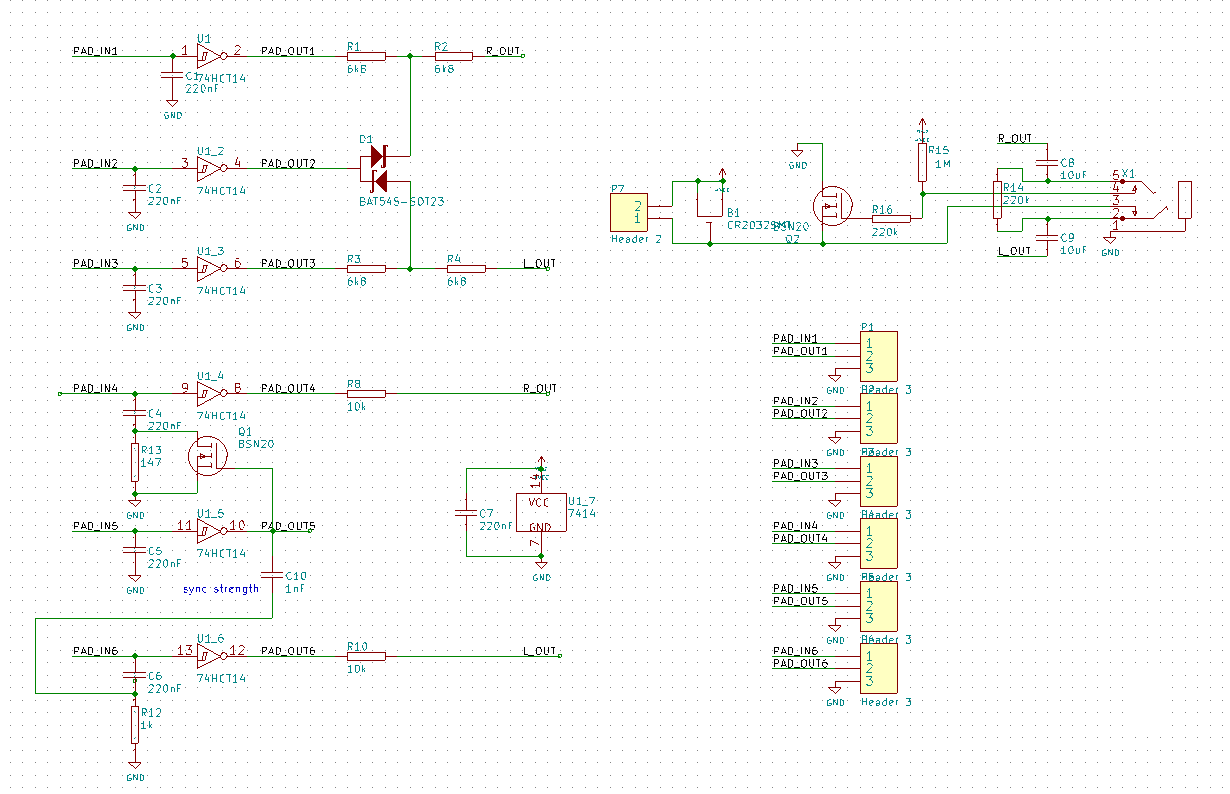
The well known 74HCT14 includes six Schmidt-triggers and each of these was used to create an oscillator. Only a capacitor is needed, the resistor is created by your skin.
Modulation circuit had to be simple as well. After a bit of simulation in LTSpice, I came up with a diode based amplitude modulation circuit. The other modulation modes took a bit longer to get right.
Frequency modulation is performed by using a FET to decrease a resistor that sits in series with the oscillators capacitance. Other methods were tried, but proved to be less successful.
Hard sync is achieved by injecting a small pulse of one oscillator into the other. The result is a rather unconventional form of hard sync, but it sounds quite interesting.
All these signals had to be mixed - in stereo. Normally one would use a simple opamp adder here, but I figured passive mixing can do the job equally well. At last left and right signals are sent to the output socket via rather large DC-blocking caps. Impedances in the mixer circuit are chosen to create a line-voltage signal at the output (when powered from 3V).
A further challenge was the power switch. A simple switch would have been too easy, the circuit had to turn off, when the jack plug is removed.
The solution was an additional FET. If nothing is plugged in R14 pulls low its gate - the circuit is unpowered. Once the jack is plugged in, R15 can pull the gate high and the circuit is powered. R16 prevents external signals from damaging the FET. The audio signals do not prevent the FET from turning off, as long as they are low in frequency - which is the default if no pad is touched.
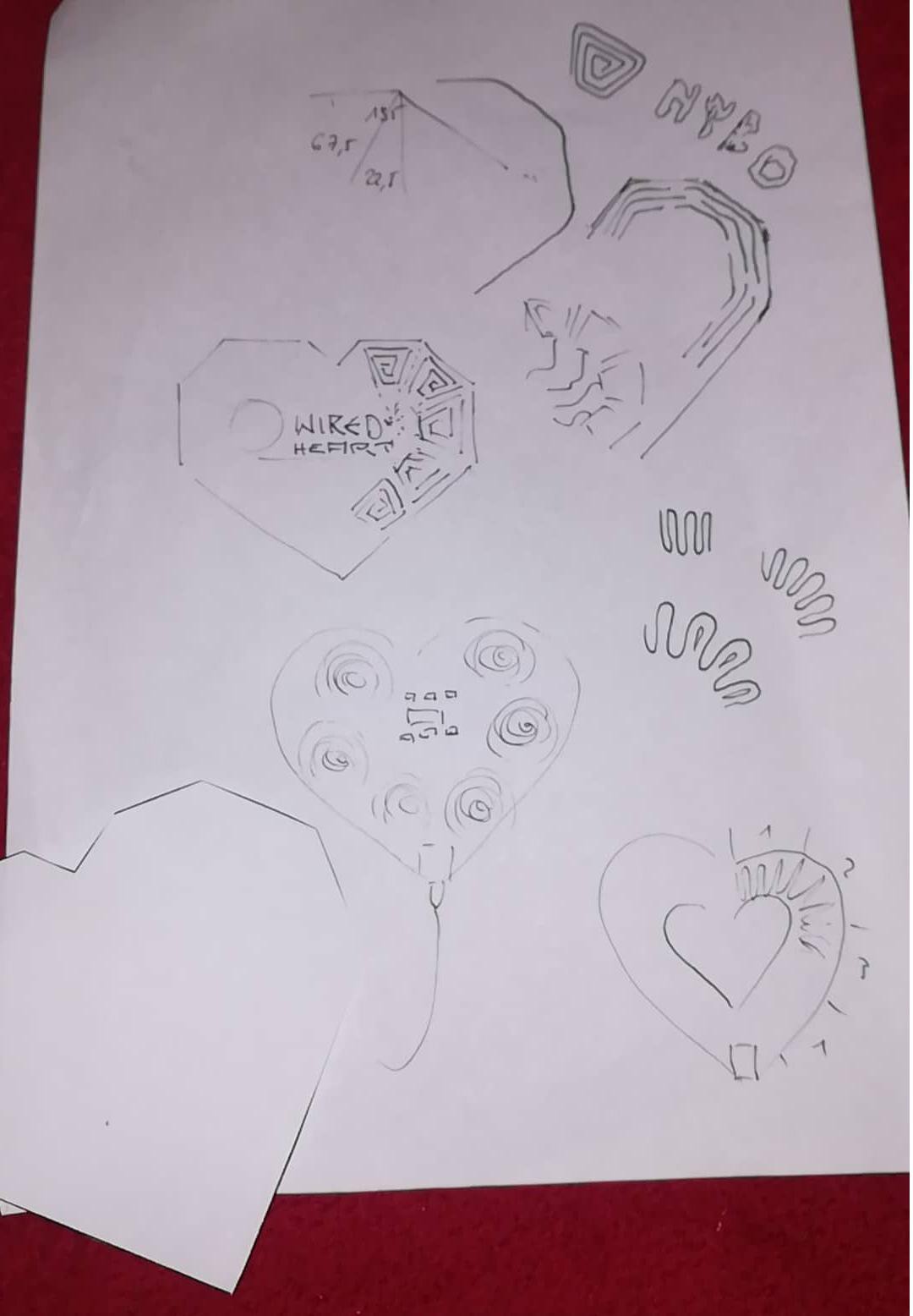
[Hyboid], [Phirol] and me then designed the basic heart shape. We also made a prototype with different pad geometries to get the width of the tracks just right.
I wanted to create a weird and wired look with traces going all over the place. The result is a tree-like techno-organic structure. Most tracks actually serve a purpose, but I took the liberty to add some here and there for aesthetic reasons.
I also added the extension headers. One can use these to add photoresistors, leds, potentiometers and probably a lot of other stuff. When adding LDRs, the oscillators react to light. And if you add LEDs, you can achieve never ending, chaotic soundscapes and feedback loops.
After quite a bit of positive feedback we decided to turn the Wired Heart into a full product. [Phirol] designed a beautiful box which also includes a manual. We added female headers to the extension ports and the box also contains a few LEDs, LDRs and a pot.
Wired Heart is now a cute little present for all people who like sound, electronics and experimentation.
While the initial batch of the PCB was produced by Elecrow (mostly because we needed it quickly), we now have a Pick and place machine (TVM802B) and can assemble them in-house. We also have the box printed here in Berlin. Folding the boxes, soldering the headers, testing and packing is done in our workshop as well.
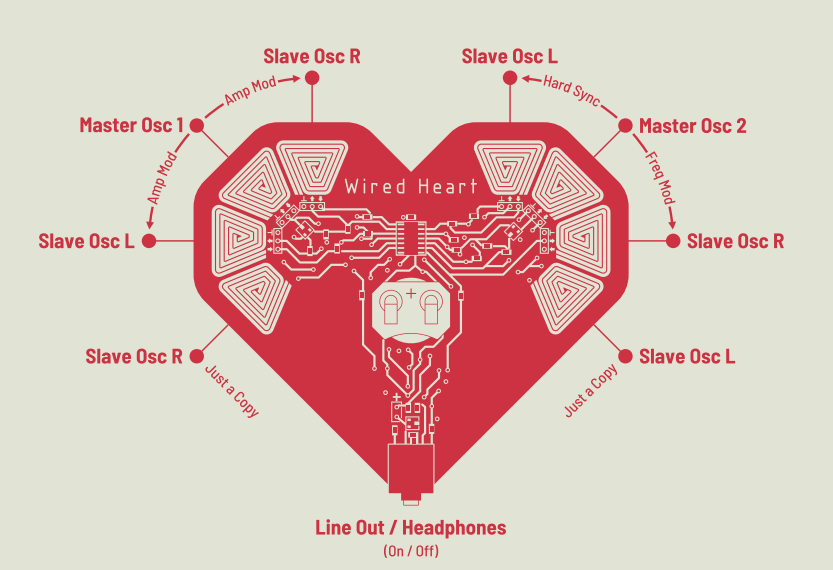
 tobi tubbutec
tobi tubbutec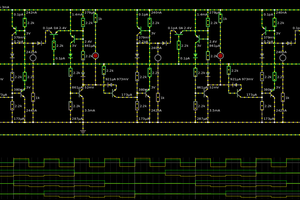
 Yann Guidon / YGDES
Yann Guidon / YGDES
 MaBe42
MaBe42
 Gabriel D'Espindula
Gabriel D'Espindula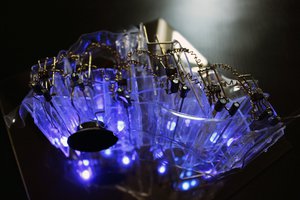
 sarah boo
sarah boo